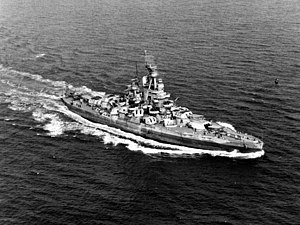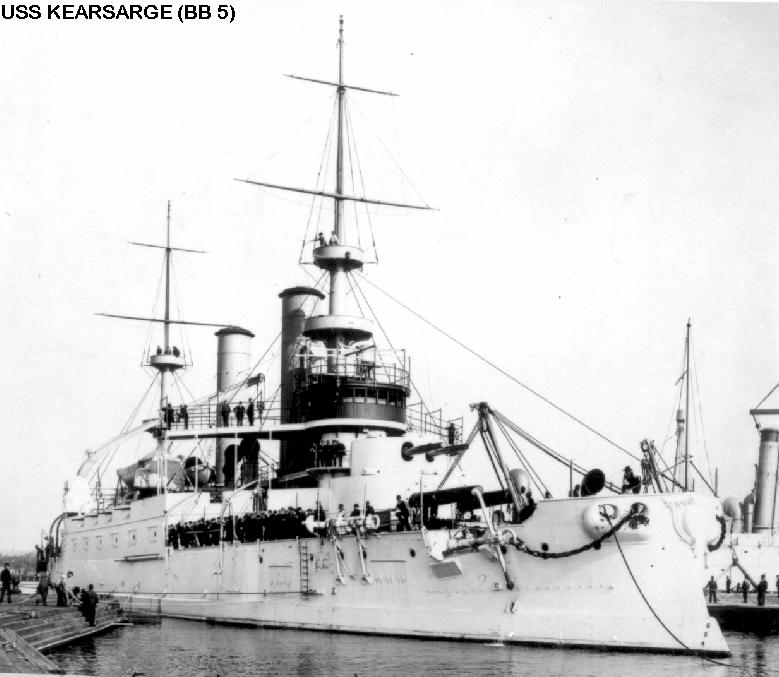I was posed this question(Best and Worst Aspects of Life In
Complex Society) in a class called
Archaeology of Complex Societies. It took me some time to even formulate an opinion as the amount of
complex societies is vast, each one complicated in their own way. Each society and their info- structure, social organization, technology, architecture, and access to resources, is like a set of nested tables. One society was built on the next and others rearranged as societies came together because of warfare or environmental pressures.
Best: Social Equality
Social equality in
Mesopotamia complex society for women was virtually equal for both men and women. Women controlled their fertility and marriage was monogamous. If a divorce was sought by husbands and the wife had provided him sons, he forfeited considerable assets and the wife’s dowry was returned. This fact was seen in
Knossos as well, as it was remarkably egalitarian between men and women. Women even had social, economic, and political roles as well. In Egypt, although women could not hold government offices, they could handle finances and the household.
In Peru, there was relatively little evidence to suggest social inequality or hierarchy, as people seem to have participated in collective labor without developing strong differences in access to resources.
Best: Infostructure, Trade and Technology
Nothing impresses me more with the planning and development of cities in complex society.
Harappan society experienced urban planning, writing, a uniform system of weights and measures, the potter’s wheel, and a waste water system. Mesopotamia had the first writing to serve as record keeping, Cuneiform, Copper metallurgy, Gold, Smelted alloys (copper and tin), and they invented BEER. The Inka had knots for record keeping and taxation (Kepu) and the Maya, hieroglyphics.
As for trade, long-distance trade has been important in the evolution of many states, including those of
Mesopotamia and Mesoamerica. Such exchange does develop eventually in all states, but it can follow rather than precede state formation. Mesopotamia and Mesoamerica controlled food production and distribution, which equals power. These societies regulated trade routes in order to suit to own needs, and sometimes, of their people.
In Habuba Kabira, inhabitants were purchasing their food from neighboring cities, thus, Habuba Kabira was mostly inhabited by Sumerians who were not interested in colonizing the territory, but rather
using their river access to transport valuable resources south.
In Mesoamerica and Mesopotamia, with the advent of the hydraulic system, the authorities were beginning to control and maintain water as well as personal and group relations. Why is this good? More water=more food=more people. People are able to exploit new environments. In fact, Mesoamerica had “a wide range of resources available from region to region which encouraged exchange among different groups”.
Worst: Social Inequality
In the Dawenkou culture, grave goods painted a considerable picture of inequality as some were filled with jade, tools, ivory, animal bones, and others, were filled with nothing. In the Harappan urban zones, houses with single rooms “crammed together in tenement-like apartment buildings”. However, there were also no palaces in the five large cities that made up Harappan society, so it’s hard to determine the divide in society exactly.
At
Teotihuacan, leaders utilized forced resettlement programs after immigrants from surrounding areas and Cuicuilco, populated the large city after the volcanic destruction. Most of the population (extended family) inhabited compounds and nuclear families often took up residence in “smaller sub-patios “in the larger apartment complexes.
Worst: War and Environmental Impact
Archaeological evidence of violence and warfare in Longshan villages turned up burned abodes and burials containing human sacrifices and several scalped individuals. Located between the arms of the Oaxaca Valley were “unoccupied “buffer” zones that archaeologists believe were border areas between competing, and possibly conflicting, political groups”.
At
San Jose Mogote a temple was burned, which archaeologically, indicated an elite family was laying claim to the site and used violence to obtain it. At Burial 2 at Teotihuacan, the presence of predators leads many to believe that this offering refers to prowess in warfare. The human sacrifice had hands tied behind their back and was accompanied by a caged puma and wolf. By C.E. 500, temples at Teotihuacan had been burned and looted, possibly the result of a “violent uprising”.
Final Thought
What is evident is that the peoples of complex societies destroyed the environment to support economy via deforestation, soil exhausting, and erosion. We see this in
Mesoamerica, China, Olmec, and Cahokia. Consequently, at the site of Catal Huyuk in Turkey, mounds, or “Tells”, rise high above the landscape, and what lies beneath, is thousands of years of garbage and human waste, polluting the earth. Of course, archaeologists view this in another context, calling it stuff or artifacts.
Regardless of impact on the environment, the only way we can examine the past is by looking at people’s garbage, which is representative of cultures across space and through time.
What Do You Think Were The Best and Worst Aspects of Life In Complex Society?
Related Content You May Like
South American Vs Old World Complex Societies: Similarities and Differences
The civilizations of the Old World were in fact derivatives of the first ancient cultures, even dominating their ancient counterparts in Egypt, Mesopotamia, and China. They did so by utilizing new forms of agriculture and technology, improving upon the methods previously noted. The South American societies paralleled the Old World ancient societies in that they exhibited advanced architecture, powerful armies, social hierarchies, and intensive farming systems.

Monday Ground Up: Hunter-Gatherers, Agriculture, and Global Warming
Hunter Gatherers are traditionally described as being highly nomadic individuals that traveled with very few possessions in a marginal environment. Of course, the factors of the environment directly influenced the ability to be mobile. However, up until the Last Age, we can agree hunter gatherers were highly mobile.
Social Complexity of the Ancients: A Brief Overview
The concept of isolation is among one of the most significant ideas for social complexity, in that
all complex societies were never “truly isolated from each other” . If this was the case, all complex societies would or could have, adopted a
similar social organization, with the exception of the people living in Shandong Province as the Dawenkou culture, mentioned as having a limited or different access to resources, therefore aiding to a slight variation in organization.





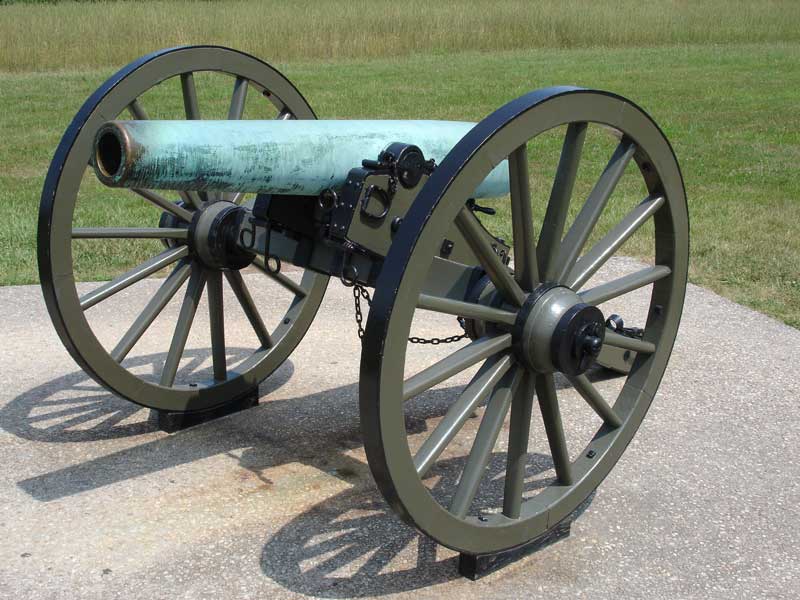










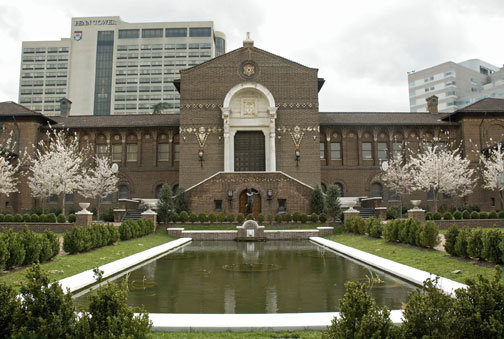


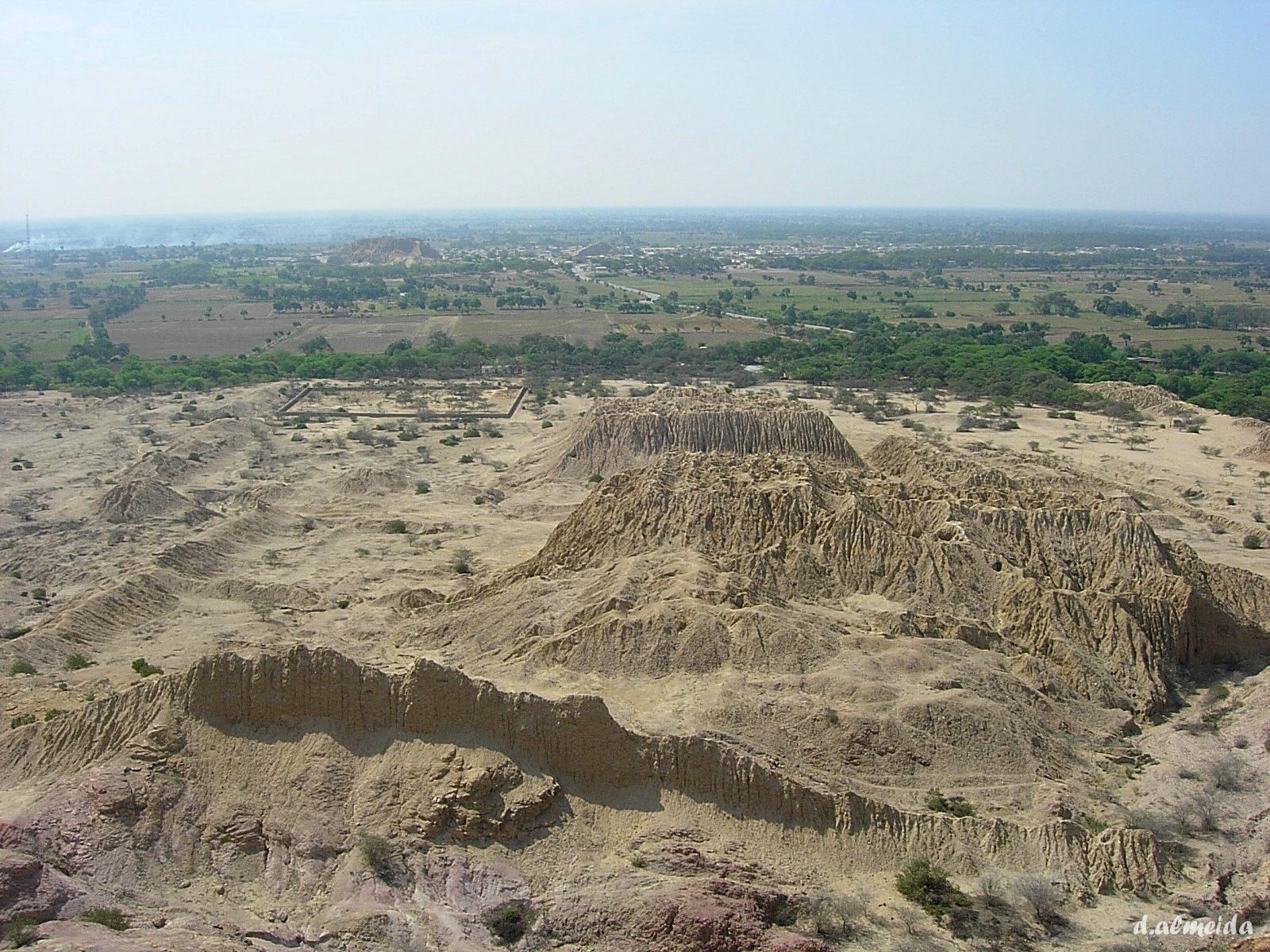





 The results are in ladies and gentlemen and I’m not at all surprised that many of you said “yes”, there was an Indiana Jones. The problem with this answer is that many people can’t agree on who it actually was.
The results are in ladies and gentlemen and I’m not at all surprised that many of you said “yes”, there was an Indiana Jones. The problem with this answer is that many people can’t agree on who it actually was.
 The famous
The famous 
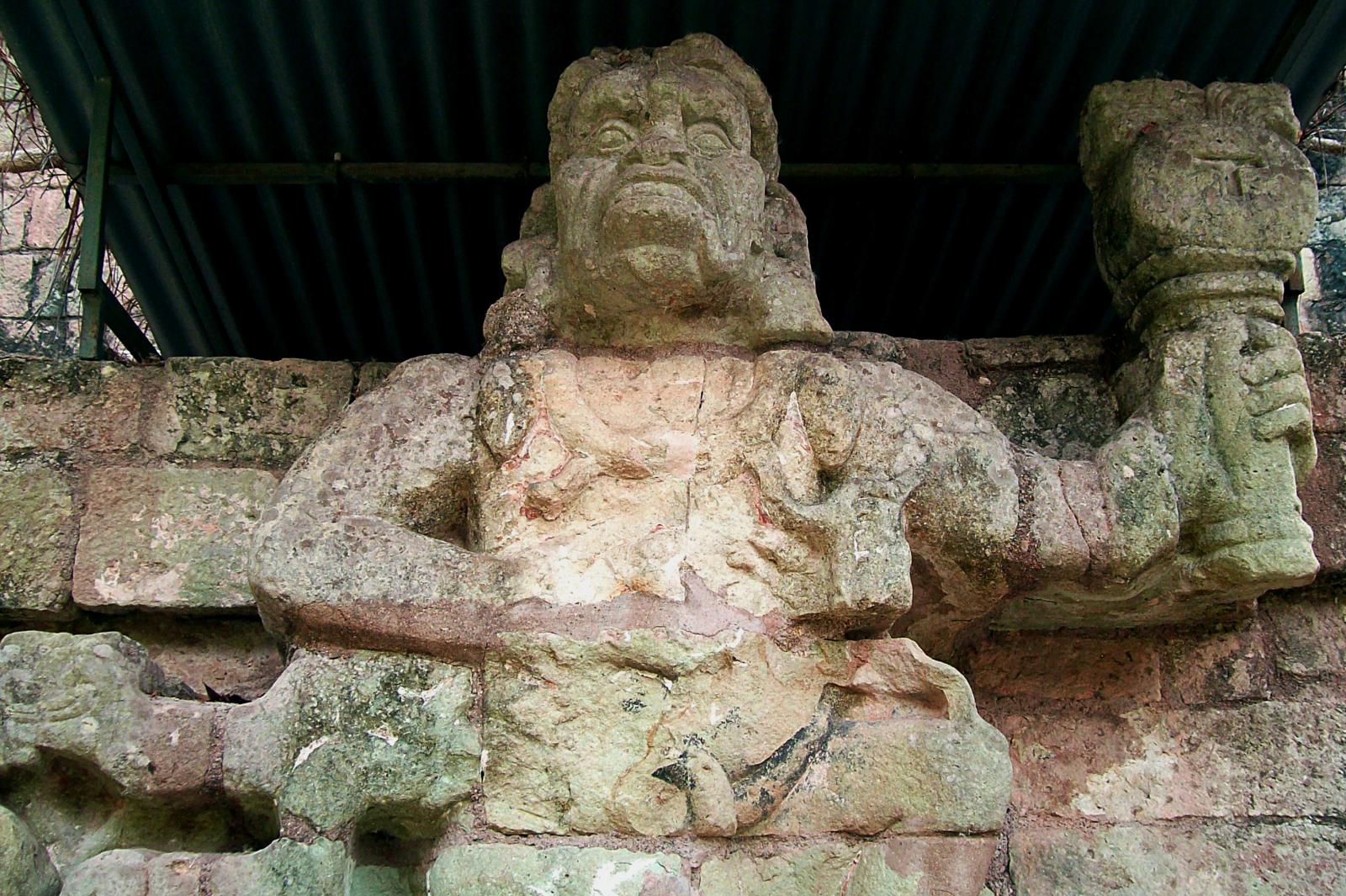





 The USS Arizona would gain its fame early in World War II although it served an important mission World War I naval combat as well. Construction would begin on this Pennsylvania class warship in March of 1913 and would take two years until its completion. The Brooklyn Navy Yard would launch the boat in June of 1915 to begin training missions in and around the East Coast. However, like many other United States battleships, the Arizona would undergo a complete overhaul to be commissioned as one of the naval ships used during World War I. The battleship spent most of its time during the war patrolling the eastern coast from New York south to Florida. Due to the shortage of oil across Europe and most other portions of the world, the oil burning Arizona did not venture into European areas of the Atlantic.
The USS Arizona would gain its fame early in World War II although it served an important mission World War I naval combat as well. Construction would begin on this Pennsylvania class warship in March of 1913 and would take two years until its completion. The Brooklyn Navy Yard would launch the boat in June of 1915 to begin training missions in and around the East Coast. However, like many other United States battleships, the Arizona would undergo a complete overhaul to be commissioned as one of the naval ships used during World War I. The battleship spent most of its time during the war patrolling the eastern coast from New York south to Florida. Due to the shortage of oil across Europe and most other portions of the world, the oil burning Arizona did not venture into European areas of the Atlantic.